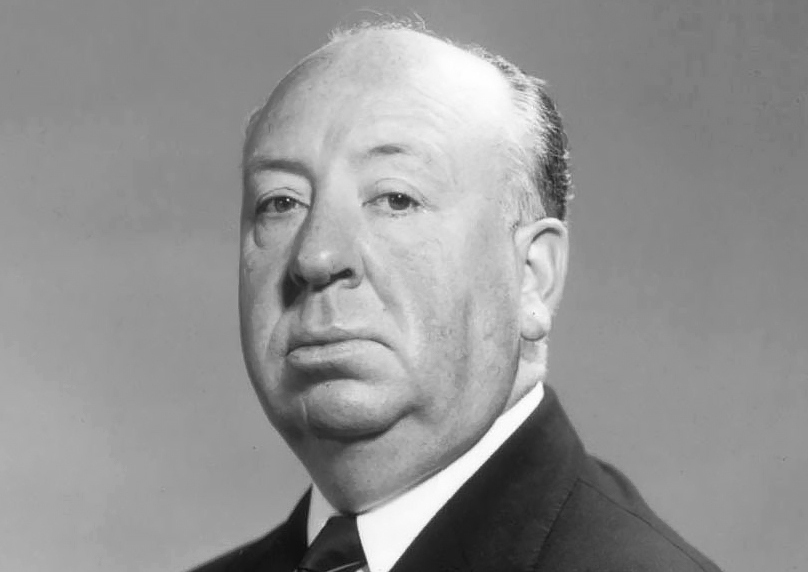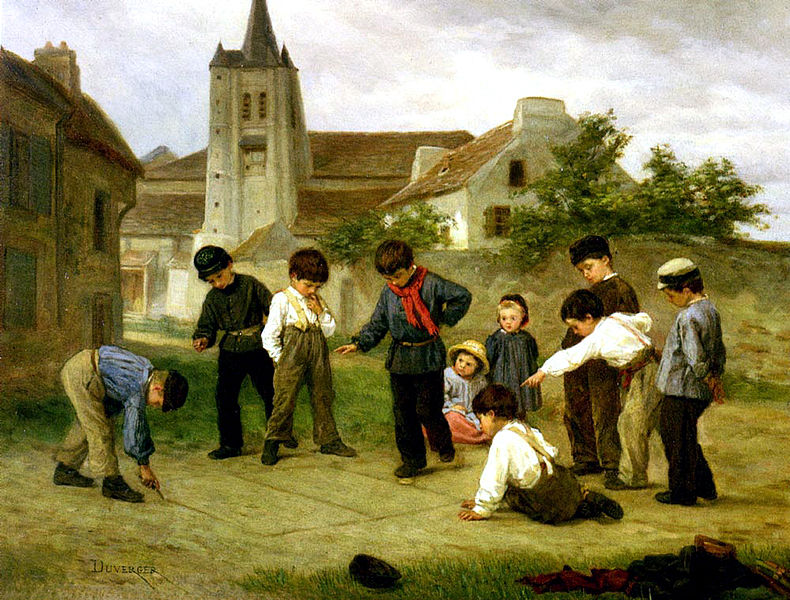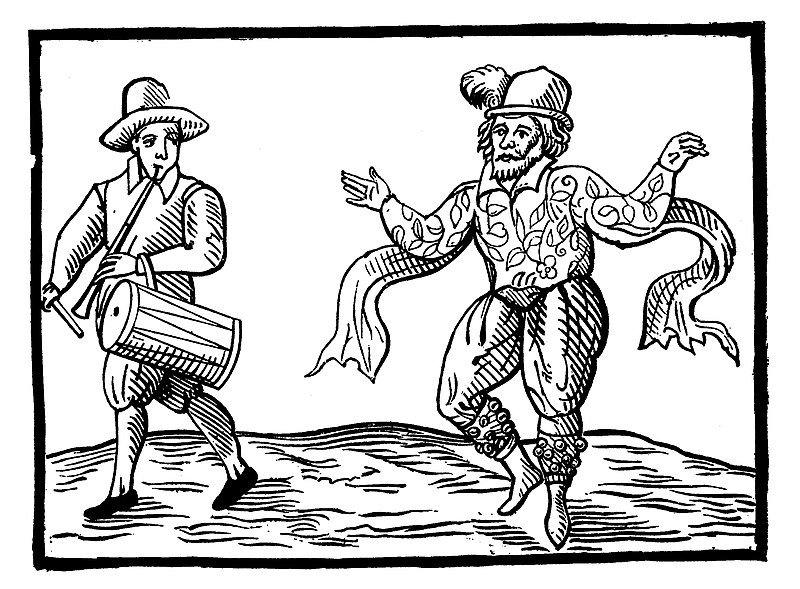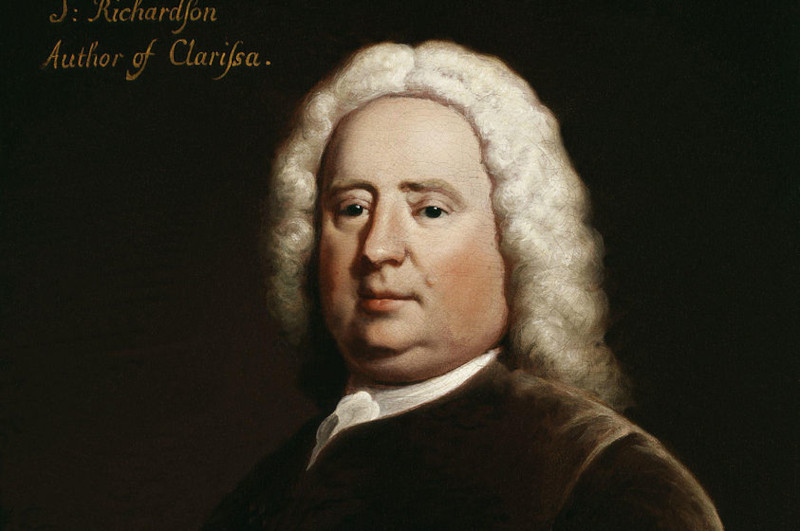From reader Snehal Shekatkar:
There exist exactly 17 numbers the sum of whose distinct prime factors is exactly 17:
17 = 17
52 = 2 × 2 × 13
88 = 2 × 2 × 2 × 11
99 = 3 × 3 × 11
147 = 3 × 7 × 7
175 = 5 × 5 × 7
210 = 2 × 3 × 5 × 7
224 = 2 × 2 × 2 × 2 × 2 × 7
250 = 2 × 5 × 5 × 5
252 = 2 × 2 × 3 × 3 × 7
300 = 2 × 2 × 3 × 5 × 5
320 = 2 × 2 × 2 × 2 ×2 × 2 × 5
360 = 2 × 2 × 2 × 3 × 3 × 5
384 = 2 × 2 × 2 × 2 × 2 × 2 × 2 × 3
405 = 3 × 3 × 3 × 3 × 5
432 = 2 × 2 × 2 × 2 × 3 × 3 × 3
486 = 2 × 3 × 3 × 3 × 3 × 3
(Thanks, Snehal.)






